The relationship between risk and return is the beating heart of investment philosophy. It’s a dance as old as markets themselves, where every step forward in potential gain is shadowed by the possibility of loss. Investors, whether seasoned or novice, must grapple with this fundamental trade-off, for it shapes every decision made in the pursuit of wealth. The interplay between these two forces is not just theoretical—it’s the practical framework that underpins portfolios, drives asset allocation, and ultimately determines financial success or failure.
At its core, the risk-return trade-off suggests that higher potential returns are generally accompanied by higher levels of risk. This isn’t merely a Wall Street maxim; it’s an observable truth across every asset class. Consider government bonds, often seen as safe havens. Their returns are modest because the likelihood of default is low. Contrast this with equities, where the potential for substantial gains exists precisely because companies can fail, markets can crash, and investments can evaporate. The investor’s challenge lies in navigating this spectrum, balancing personal tolerance for risk with the desire for growth.
The psychology of risk plays a crucial role in how individuals approach investing. Behavioral finance has shown that humans are not always rational actors—loss aversion often outweighs the thrill of gain. This emotional response can lead to conservative portfolios that may not keep pace with inflation or, conversely, to reckless bets chasing improbable windfalls. Understanding one’s own psychological makeup is just as important as understanding market fundamentals. The investors who thrive are those who recognize their biases and build strategies that account for them rather than being driven by them.
Diversification emerges as the most potent tool for managing the risk-return equation. By spreading investments across uncorrelated assets, investors can potentially reduce volatility without proportionally sacrificing returns. This isn’t about eliminating risk—that’s impossible—but about constructing portfolios where different elements react differently to market conditions. The wisdom of diversification isn’t in avoiding storms but in building ships that can weather various seas. Modern portfolio theory quantifies this approach, showing how strategic asset allocation can create efficient frontiers where maximum return is achieved for given risk levels.
Time horizon fundamentally alters the risk calculus. A young investor saving for retirement decades away can theoretically afford to take more risk because they have time to recover from downturns. Conversely, someone nearing retirement typically shifts toward preservation of capital. But this conventional wisdom requires nuance—long time horizons don’t automatically justify reckless risk-taking, and short horizons don’t necessarily mandate ultra-conservative positions. The key lies in aligning investment choices with specific goals, liquidity needs, and personal circumstances rather than relying solely on age-based rules of thumb.
The evolving financial landscape continuously reshapes the risk-return paradigm. Technological advancements have democratized access to once-exclusive asset classes while creating new forms of volatility. Cryptocurrencies exemplify this—offering astronomical return potential alongside unprecedented risk profiles. Similarly, the rise of passive investing has changed how risk is priced across markets, potentially compressing risk premiums in some areas while creating new opportunities elsewhere. Savvy investors recognize that the relationship between risk and return isn’t static; it evolves with markets, regulations, and global economic shifts.
Successful investors don’t seek to eliminate risk but to understand it thoroughly and position themselves accordingly. They recognize that risk isn’t merely about potential loss—it’s about the probability and magnitude of outcomes diverging from expectations. This nuanced understanding allows for more sophisticated strategies than simply chasing high returns or avoiding all risk. The true art of investing lies in knowing which risks are worth taking and which should be avoided, mitigated, or transferred. In this complex calculus, self-awareness, education, and disciplined execution become the investor’s most valuable assets.
The risk-return relationship ultimately serves as a reminder that investing isn’t about certainty—it’s about probabilities. Every investment decision represents a bet on an uncertain future, with risk being the price of admission for potential rewards. The most successful investors aren’t those who predict the future perfectly but those who understand the odds, manage their exposures wisely, and maintain the emotional equilibrium to stay the course when markets inevitably fluctuate. In this light, the risk-return trade-off isn’t just a financial concept; it’s a philosophical approach to navigating an uncertain world.

By Emily Johnson/Apr 24, 2025

By Victoria Gonzalez/Apr 24, 2025

By Michael Brown/Apr 24, 2025

By David Anderson/Apr 24, 2025
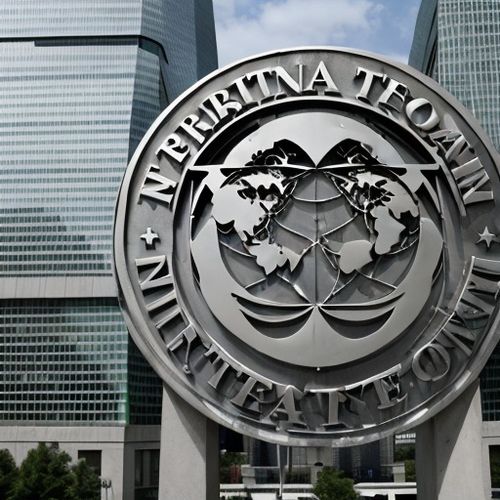
By Ryan Martin/Apr 24, 2025

By Victoria Gonzalez/Apr 10, 2025

By David Anderson/Apr 10, 2025
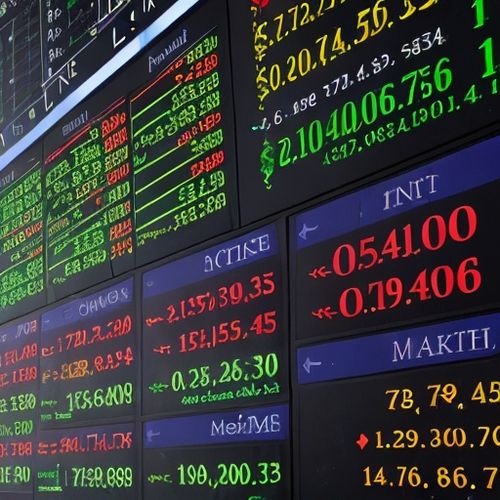
By Noah Bell/Apr 10, 2025

By Michael Brown/Apr 10, 2025

By James Moore/Mar 30, 2025
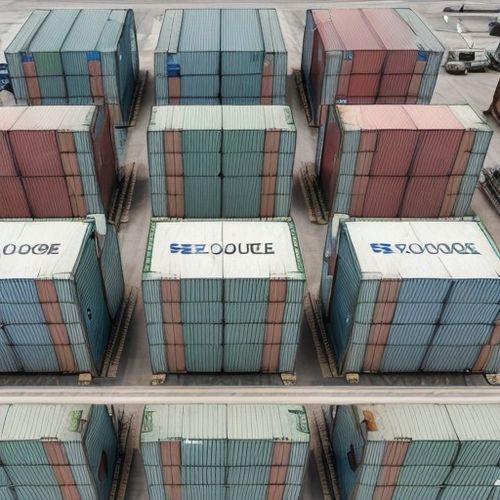
By Rebecca Stewart/Mar 30, 2025

By George Bailey/Mar 30, 2025
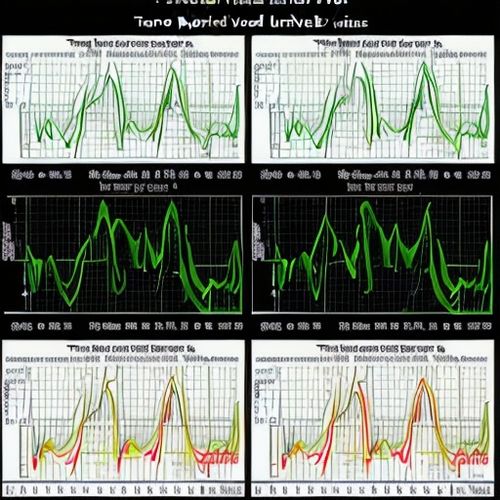
By Noah Bell/Mar 30, 2025
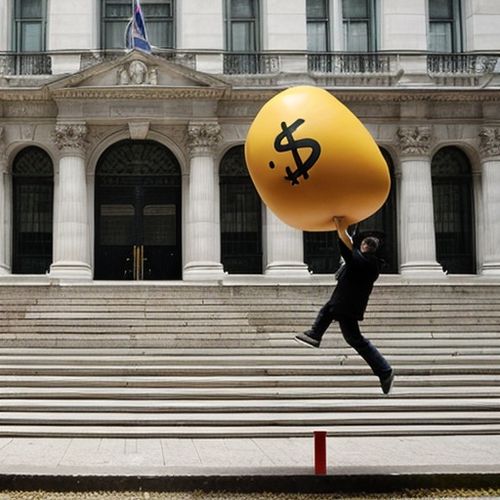
By Samuel Cooper/Mar 30, 2025
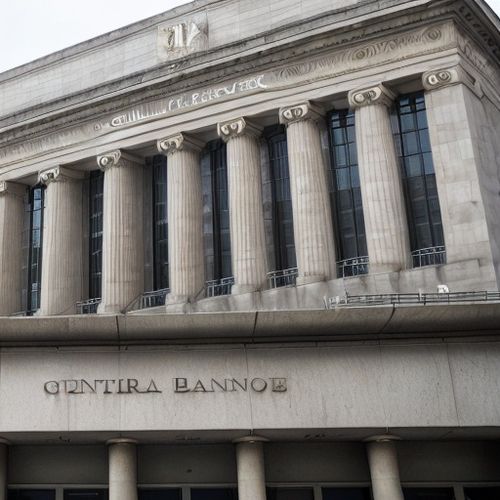
By Elizabeth Taylor/Mar 30, 2025